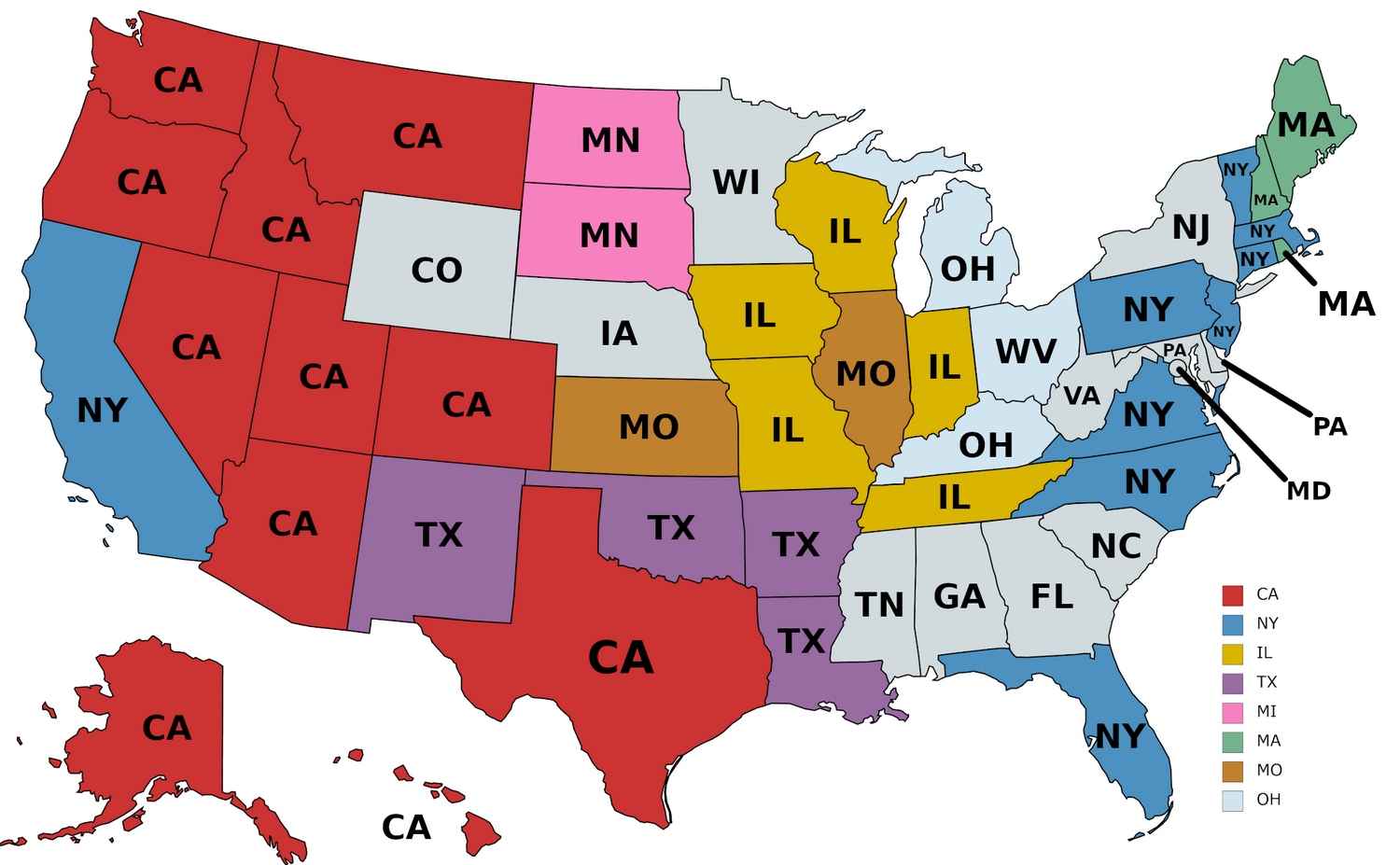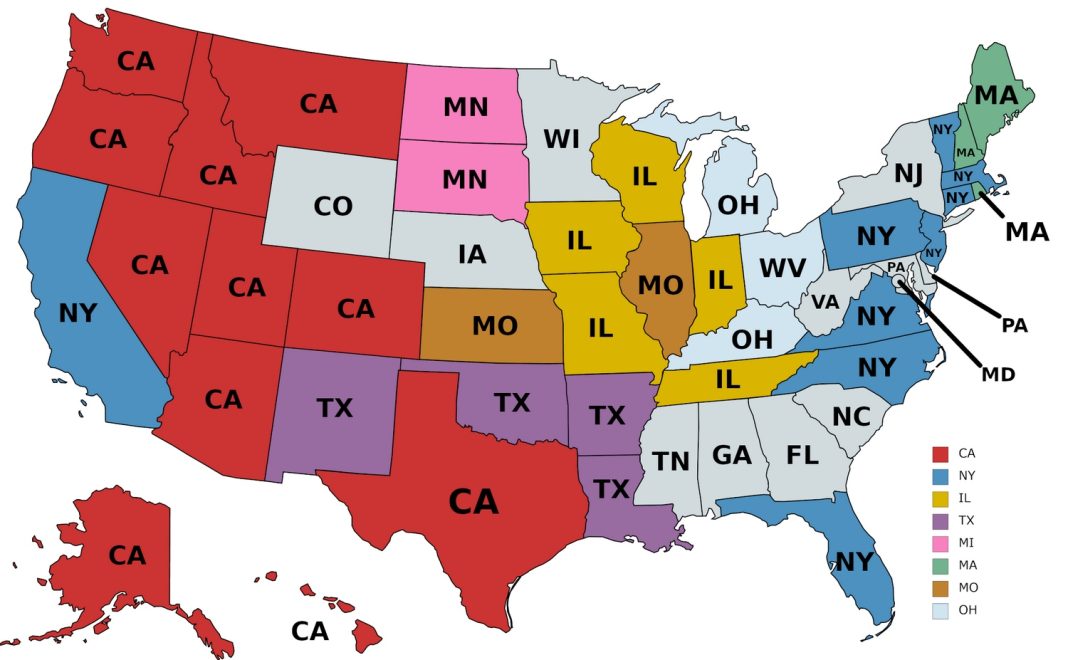 Queensland’s population is predicted to experience a significant increase in the next five years, as net interstate migration is projected to soar by 110,000 people at the expense of other states, particularly New South Wales (NSW). The 2024-25 budget papers have provided insights into the population growth of different states and territories in the coming years, revealing that while over half of them will suffer a net interstate migration loss, Queensland will emerge as a hot spot for domestic migrants.
Queensland’s population is predicted to experience a significant increase in the next five years, as net interstate migration is projected to soar by 110,000 people at the expense of other states, particularly New South Wales (NSW). The 2024-25 budget papers have provided insights into the population growth of different states and territories in the coming years, revealing that while over half of them will suffer a net interstate migration loss, Queensland will emerge as a hot spot for domestic migrants.
Net interstate migration is a metric used to measure the movement of people between different states and territories, taking into account the change in residence. It is calculated by subtracting the number of migrant departures from the number of arrivals in a region. According to the budget papers, Queensland is expected to gain 28,500 people through interstate migration in the 2023-24 financial year, and the total net interstate migration is projected to reach 110,900 by 2027-28.
On the other hand, NSW, the most populous state, will experience the largest net interstate migration loss, with 28,200 people leaving in 2023-24 and 111,700 by 2027-28. While Victoria and Western Australia are expected to see small gains in interstate migration, other states will witness a negative growth in this aspect.
The driving force behind this mass exodus from NSW is the soaring housing costs. A recent paper by the NSW Productivity Commission revealed that many young families have been priced out of the Sydney housing market, leading them to settle in regional NSW or other regions. The average cost of house and land packages in Sydney exceeds $1 million, making it unaffordable for most families except in far western suburbs with newer developments. This issue has prompted concerns about Sydney becoming “the city with no grandchildren” if housing problems are not addressed.
Data from the Australian Bureau of Statistics shows that the average dwelling price in NSW reached $1.18 million in December 2023, the highest in the country. In comparison, Queensland was ranked fourth with an average of $828,000. The Queensland government attributes the state’s lifestyle, sub-tropical environment, and abundant business and work opportunities as factors attracting migrants. However, one major draw is likely the more affordable housing options available in Queensland, making it accessible to most families.
While there has been a significant increase in net overseas migration, government data indicates that this trend is expected to decline in the coming years. The budget papers forecast a drop in net overseas migration to 395,000 in the 2023-24 financial year, with further declines to 260,000 in 2024-25 and stabilizing at 235,000 in 2027-28. The Labor government has introduced a migration plan to bring migration levels down to pre-pandemic levels. This plan focuses on reshaping temporary and permanent skilled migration to address skill needs and drive long-term economic growth, strengthening the integrity and quality of international education, and addressing worker exploitation and visa system misuse.
Despite the mass exodus from certain states, Australia’s total population is still expected to grow. The population is projected to increase from 27.18 million in the 2023-24 financial year to 27.59 million in 2024-25 and reach 28.75 million in 2027-28. While NSW will experience considerable growth of 494,000 people due to overseas immigration, Victoria will also see a significant spike of 522,000 people during the same period. Queensland’s population is expected to change by 347,000 people.
In conclusion, Queensland is poised to experience a population boom in the next five years due to a significant net interstate migration gain at the expense of other states, particularly NSW. The high cost of housing in NSW is a major contributor to this trend, forcing many families to seek more affordable options in regional areas and other states. Meanwhile, net overseas migration is predicted to decline in the coming years, prompting the government to introduce a migration plan to manage the system effectively. Despite the population shifts, Australia’s overall population is expected to continue growing, with significant growth projected for NSW, Victoria, and Queensland.


